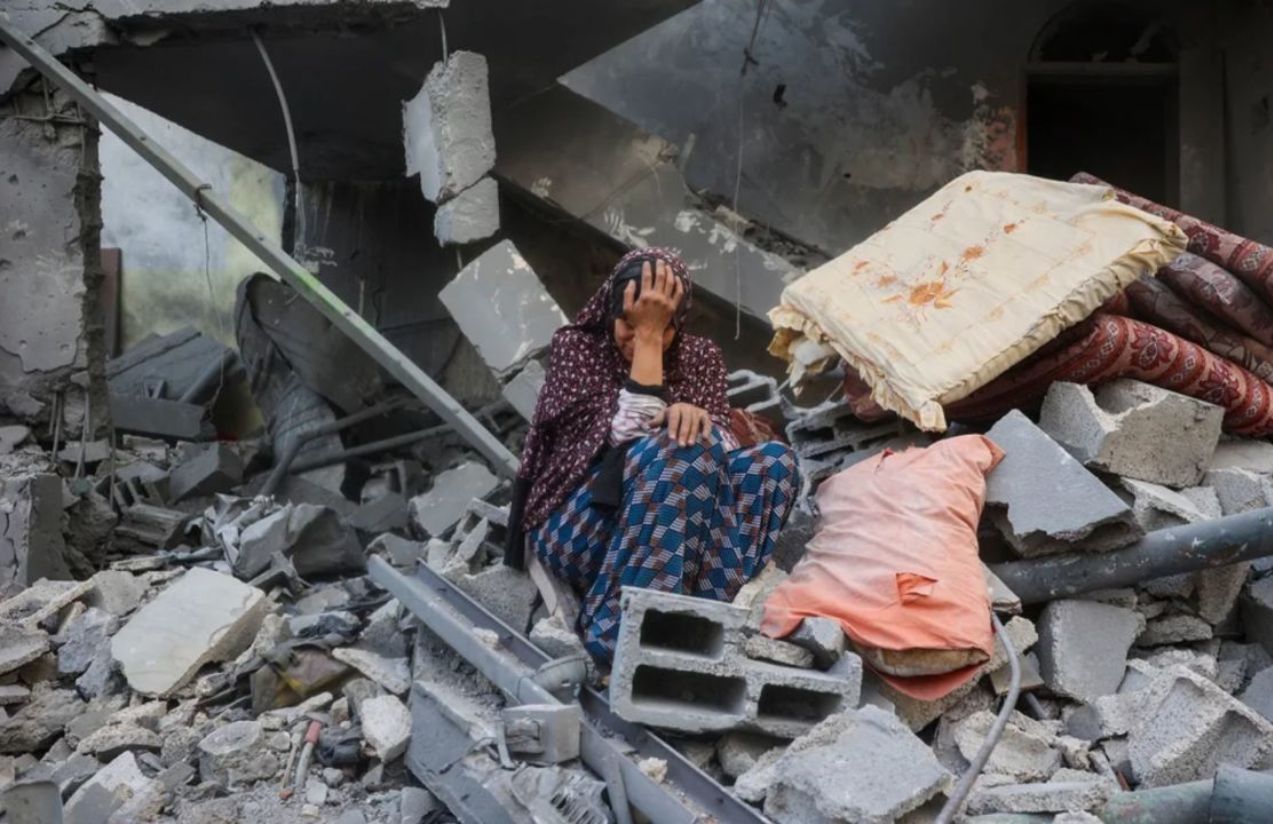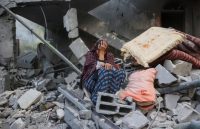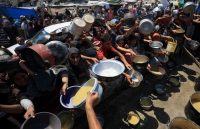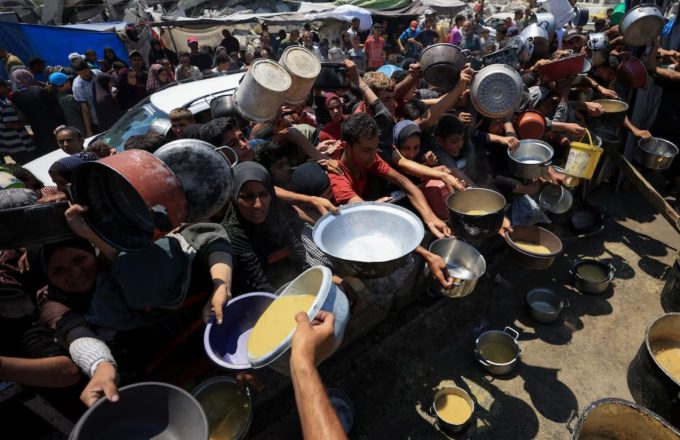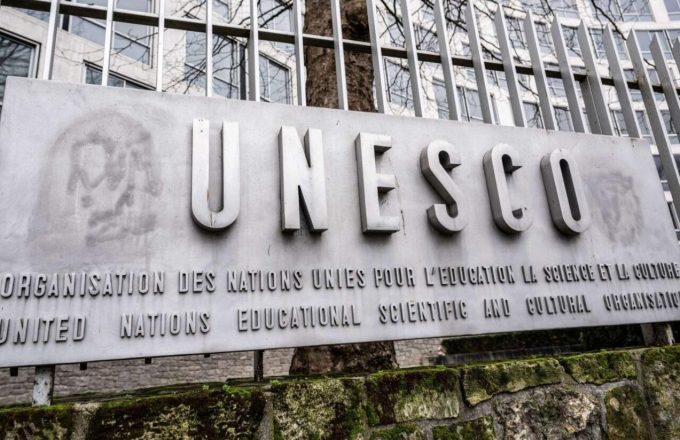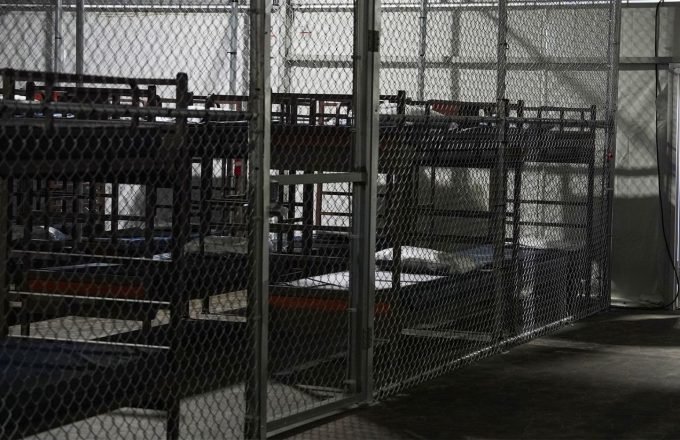More than 100 international aid organizations warned on Wednesday of a rapidly spreading “mass famine” in the Gaza Strip, where even humanitarian workers are now facing severe hunger due to extreme shortages.
The deepening crisis has increased international pressure on Israel, as over two million people endure the consequences of 21 months of relentless conflict.
Although Israel began easing a two-month-long aid blockade at the end of May, the basic needs of Gaza’s population remain unmet. Assistance is trickling in, and many civilians are dying while trying to reach the few distribution points available.
In a joint statement signed by 111 organizations—including Doctors Without Borders (MSF), Save the Children, and Oxfam—the groups warned: “Our colleagues and those we serve are wasting away. As Israel’s siege starves the people of Gaza, humanitarian workers are now lining up for food, risking being shot just to feed their families.”
The organizations urgently called for a negotiated ceasefire, the opening of all land crossings, and the free flow of aid through UN-led mechanisms.
The plea coincides with a new diplomatic mission from the United States. U.S. envoy Steve Witkoff is scheduled to travel to Europe this week and may continue on to the Middle East. According to State Department spokesperson Tammy Bruce, Witkoff is “hopeful that we will present another ceasefire agreement, along with a humanitarian corridor that both sides have accepted.”
Meanwhile, the UN reported that more than 1,000 Palestinians have been killed while trying to access food aid since the launch of the U.S.- and Israeli-backed Gaza Humanitarian Foundation at the end of May, a program that has sidelined the existing UN-led aid distribution system.
Israel claims it is allowing humanitarian aid into Gaza and accuses Hamas of exploiting civilian suffering—allegedly stealing food handouts to resell at inflated prices or attacking civilians waiting for assistance. However, aid agencies report that tons of supplies remain stuck outside the enclave—or even inside—due to access restrictions that prevent their distribution.
“Palestinians are caught in a cycle of hope and despair, waiting for assistance and a ceasefire, only to wake up to worsening conditions,” the organizations stated. “This is not just physical torment, but psychological as well. Survival hangs like a mirage.”
The World Health Organization (WHO) warned Wednesday of a deadly surge in malnutrition across Gaza, reporting that 21 children under the age of five have died so far in 2025. Malnutrition treatment centers are overwhelmed and lack emergency food supplies, as the deepening crisis is fueled by collapsed supply routes and restricted access.
Since March—when Israel completely halted supplies to the territory—Gaza’s food reserves have been depleted. Although the blockade was partially lifted in May, aid deliveries remain insufficient.
WHO Director-General Tedros Adhanom Ghebreyesus said the agency was unable to deliver food for nearly 80 days between March and May, adding that current deliveries are still far below what’s needed.
“The 2.1 million people trapped in Gaza’s war zone now face another cause of death beyond bombs and bullets: famine. We are witnessing a deadly rise in malnutrition-related diseases,” Ghebreyesus emphasized.


